Romanian Order of Architects (OAR) organizes in Timisoara, from 8 to 24 May 2019, the course on the theme. Passive Case. The course is conducted under the license Passive House Institute in Darmstadt and aims to provide a further grounded qualification in the design and construction of passive houses. The organizers assume that those attending the course are already familiar with conventional building regulations and the elementary principles of building physics related to heat and humidity. From the website blog Dimmer, the Comănești-based company that builds passive houses both in Romania and in the European Community, we learn that the company is the main sponsor of the event.
Energy efficiency.
Energy efficiency in homes is much talked about in specialized circles. Especially lately, given the demands Directive 2010/31/EU of the European Parliament and of the Council of the European Union, to which our country also acceded in 2016 by Emergency Ordinance.
Directive 2010/31/EU of May 19, 2010 on the energy performance of buildings provides for increased efficiency of new buildings and requires all new buildings to be nearly zero-energy efficient (nZEB) by the end of 2020 and public buildings by the end of 2018. The Energy Efficiency Directive 2012/27/EU also obliges Member States to set efficiency targets by 2020.
The 2016 Emergency Ordinance stipulates that all new private buildings, approved on the basis of building permits issued from December 31, 2020, must be nearly zero energy buildings (nZEB). For public buildings, the ordinance gives December 31, 2018 as the deadline for issuing the building permit. This means that, for public buildings, the provisions of the 2010 Directive are already in force, any public building with a building permit issued from January 2019 onwards will have to be energy efficient.
Passive houses
Passive house is a topic we have covered on several occasions. We told about how the idea was born and that it is more than just a low-energy house. Passive house is a concept, a standard in construction that certifies that a building is truly energy efficient, comfortable, affordable and green at the same time.
Passive houses save up to 90% of heating and cooling energy compared to traditional houses and more than 75% compared to new construction. The energy source inside the building is the inhabitants' body heat or solar heat entering the building, saving fossil fuels. The fresh air is supplied by a ventilation system designed so as not to cause draughts that can be disruptive. Heat is recovered from the exhaust air through an efficient system and reused.
The wooden structure is an advantage when building a passive house. Wood has the ability to absorb and retain heat. However, the energy performance of a passive house is not just a matter of the materials and the way the insulation is made, or the heat recovery and reuse systems. It is also due to the geographic orientation of the house, the proper placement of thermal masses, the way rooms are laid out, the doors, windows or how shading methods are chosen.
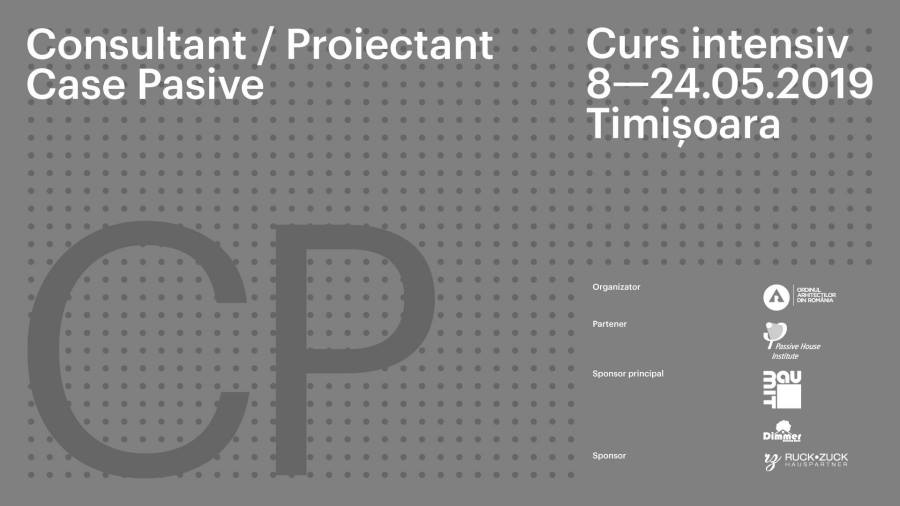
Passive house course
The course organized by the Romanian Order of Architects aims to offer engineers and architects the opportunity to obtain an additional qualification related to energy efficiency in buildings during 9 days. There will be 12 lectures by 5 lecturers, well-known names in the field of energy efficiency and passive houses.
Successful completion of the examination at the end of the course leads to the qualification of Certified Passive House Designer/Consultantdiploma awarded by Passive House Institute and internationally recognized. Attending the course does not automatically imply taking the diploma exam. The course can also be taken just to better understand the Passive House concept.
Experts say any competent architect or engineer can design a passive house. By combining the client's wishes with the technical requirements, any new building can be designed to passive house standard. Increasingly lately this standard is being used worldwide for non-residential buildings such as administrative buildings and schools. This is the trend, and this is where we will have to move too. Attending such specialized courses will make the way much easier for those involved in the design and construction of buildings of all types.
























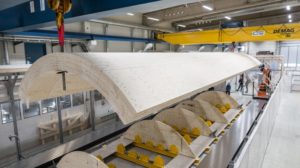
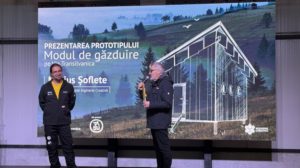

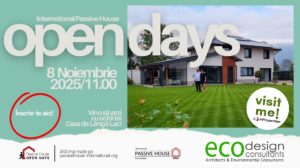



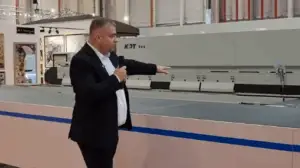




Add comment